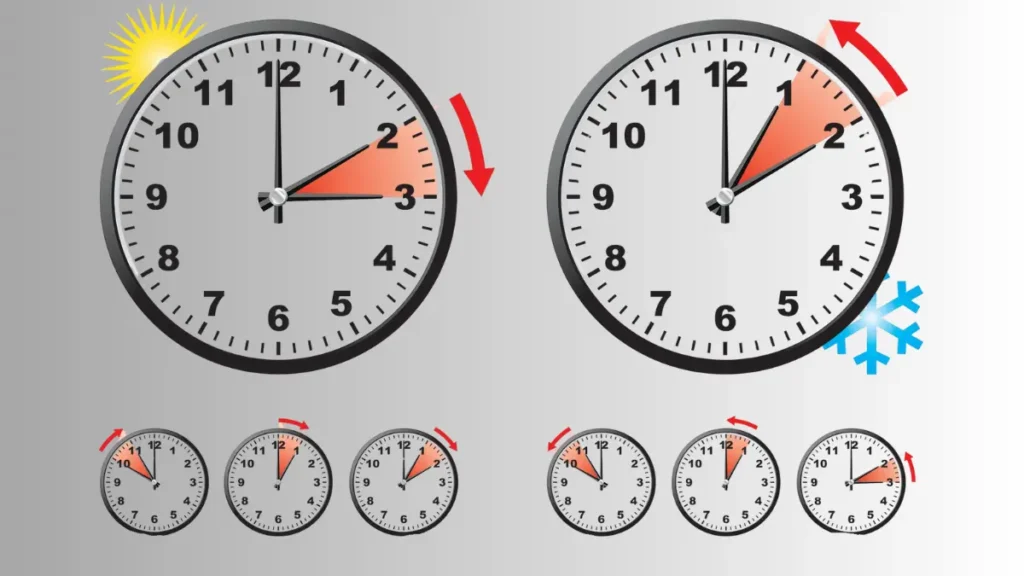Daylight Savings Time (DST) is a practice of moving the clock forward by one hour during warmer months to extend evening daylight. Clocks are then moved back by one hour in colder months to return to standard time.

Daylight Savings Time helps make better use of daylight during certain months. While it can cause minor disruptions it provides longer evenings and potential energy savings. Staying aware of when clocks change ensures smooth adjustment
Why Daylight Savings Exists
- Energy Conservation: Longer daylight reduces the need for artificial lighting in evenings
- More Daylight: Extends daylight hours for work and recreation
- Economic Benefits: Can boost retail and outdoor activities during longer evenings
Read More: QLD School Holidays 2026 – Everything Parents & Students Need to Know
How It Works
- Spring Forward: Clocks move one hour ahead in spring usually in March or April
- Fall Back: Clocks move one hour back in fall usually in October or November
- Time Shift: This change can affect sleep schedules and daily routines temporarily
Countries Observing Daylight Savings
- United States and Canada
- United Kingdom and most of Europe
- Australia and New Zealand
Some countries like Japan India and most of Africa do not observe DST
Tips for Adjusting
- Go to bed earlier a few days before the change
- Adjust schedules gradually to avoid sleep disruption
- Check electronic devices many update automatically but some need manual adjustment
Common Misconceptions
- DST saves electricity everywhere: Not always depends on climate and energy use patterns
- DST is global: Only certain regions observe it





